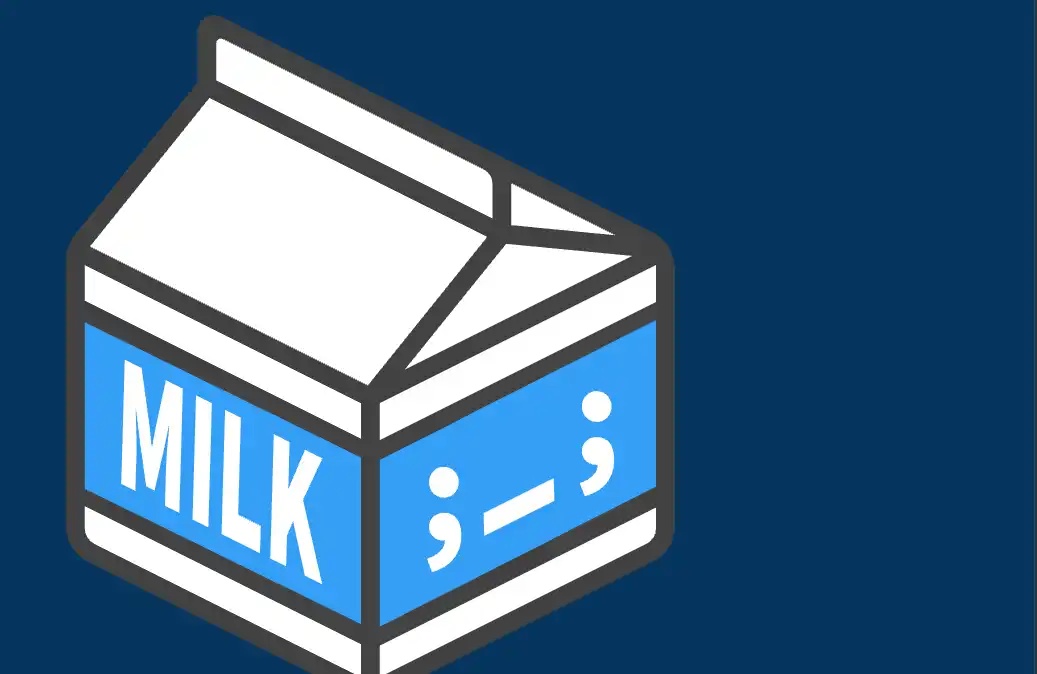error
On June 17, the decentralized AI infrastructure project Gradient Network announced that it had completed a $10 million seed round of financing, co-led by Pantera Capital and Multicoin Capital, with participation from HSG Capital (formerly Sequoia China) as well as several high-profile angel investors and advisors from the fields of AI, crypto, and other cutting-edge industries.
This is not the first time Gradient has received backing from top-tier investors. As early as 2024, the project completed an undisclosed round of financing supported by the same group of institutions. This latest injection of capital signals a phase-based confirmation of its progress in delivering foundational architecture and expanding its network.
What problems is Gradient aiming to solve, and why does it continue to attract attention in the intersection of Web3 and AI? After the hype around the "AI on-chain" narrative began to fade, the team took a different path: reconstructing the foundational layers of AI operation by focusing on two core protocols—communication and inference.

Gradient’s Strategic Choice: Redefining AI Computational Structures as a “Foundational Infrastructure Project”
The track Gradient Network has entered is "decentralized AI infrastructure." This is not just a reconstruction of how AI models are deployed but also a systemic response to the current highly centralized control and collaboration mechanisms in the AI field.
In the context of generative AI’s rapid expansion, model training and inference remain dominated by a handful of platforms (e.g., OpenAI, Anthropic, Google), leading to a highly concentrated environment for data and computational resources. This structure raises multiple concerns: privacy abuse, heightened innovation barriers, unverifiable models, and over-reliance on platforms. Gradient looks to tackle these systemic challenges by introducing a network alternative based on "edge intelligence + open collaboration." In other words, it seeks to enable AI to run on devices owned by you and me, collaboratively driven by everyone, rather than being controlled by a select few platforms.
Within the Web3 context, this track’s scarcity becomes even more pronounced: Most mainstream AI+Crypto projects currently focus on training incentives, compute marketplaces, or model evaluation mechanisms. In contrast, Gradient is one of the few projects directly targeting the foundational “communication + inference” operational stack layers, striving to establish a complete protocol ecosystem.
Innovation Highlight #1: Protocol-Level Reconstruction of "Intelligence Flow" Instead of Service Layer Add-Ons
Gradient is not just about "putting AI on-chain"; it rethinks the synergy between off-chain computation and on-chain mechanisms, introducing two native protocols:
Lattica: A data transmission protocol designed for global heterogeneous nodes, serving as the "data movement layer" in AI networks. Beyond file transfer capabilities, it is specifically engineered for the data flow requirements of AI training and inference, offering features like low latency, high elasticity, and peer-to-peer coordination. This serves as the communication backbone for enabling distributed intelligent collaboration.
Parallax: A decentralized execution protocol for "splitting-scheduling-collaborative execution" of large-scale model inference tasks. Unlike traditional edge inference that mainly handles small model tasks, the Parallax architecture allows slicing of large foundational models and distributing them across a global node network. This approach enhances AI efficiency while ensuring privacy, verifiability, and reliability.
In essence, Gradient is not merely addressing the functional gaps left by existing Web3 AI projects but is reconstructing the foundational technology of "how AI operates." Its vision is more akin to "Ethereum for the AI world" rather than "OpenSea for the AI world."
Innovation Point 2: Computational Justice Starting at the Edge
Gradient’s vision goes beyond abstract notions of "decentralization" and is grounded in a practical and viable edge computing pathway.
According to its public statements, Gradient predicts that the mainstream computing scenarios for AI in the future will shift from centralized cloud centers to edge nodes, especially in use cases like "inference, content delivery, and serverless functions." Edge nodes hold significant natural advantages in these scenarios. This pathway not only addresses the cost and compliance challenges of large models but also enables the possibility of a network organization that is "accessible to everyone and controllable by nodes."
As a result, its protocol architecture emphasizes the ability of heterogeneous devices to participate, modular scheduling and fault-tolerance capabilities, as well as privacy protection and output verification. This approach demonstrates that Gradient is not merely dressing up AI with blockchain terminology but is genuinely trying to establish a "deplatformed collaborative computing marketplace."
Bridging the Gap Between AI and Crypto
Gradient’s story started gaining traction as early as September 2024. At that time, it was positioned as an "open layer for edge computing within the Solana ecosystem" and had just closed an undisclosed funding round. Backing it were heavyweights like Pantera Capital, Multicoin Capital, and Sequoia China. By June 2025, the team secured an additional funding round from these institutions, officially announcing a $10 million seed round. Joining the round were HSG Capital (formed after Sequoia China’s split) and several angels and advisors specializing in AI, crypto, and data privacy.
Instead of following the well-trodden path of "AI on-chain," they decided to start from scratch by building from the ground up with protocols focused on communication and inference. Lattica is a peer-to-peer intelligent data channel network, and Parallax is an inference engine designed to support large model partitioning and collaborative execution. Together, these two components act like a "runtime skeleton" that allows AI to run efficiently, communicate effectively, and operate modularly.
If GPT is about putting AI into a "box," Gradient’s vision is to release intelligence to every device in the world, enabling it to flourish on the edge. In this paradigm, the rules are not dictated by platforms, but by protocols. According to the project roadmap, Lattica and Parallax are set to launch officially in the near future, laying the foundation for additional protocol components in the future. Gradient Network has also updated its brand identity system, emphasizing its strategic positioning as a "transparent, decentralized, and collaborative intelligent network."
Simply put, Gradient Network is an underlying protocol project that combines Web3 and AI, aiming to build a decentralized, verifiable, and collaborative intelligent computing network. Its focus is not on competing in the "model wars" but on reimagining how intelligence operates. At a time when AI is transitioning from "platform advantage" to "infrastructure competition," Gradient aims to drive architecture-level transformation through these two protocols—shifting intelligence from being concentrated on a few centralized servers to flowing across every device in an open and collaborative manner.
At the intersection of Web3 and AI, Gradient is still in its early stages, but it offers a rare and intriguing framework of possibilities: rather than stacking products around isolated capabilities, it seeks to reimagine the organization of intelligent networks from the ground up. The success of this "edge intelligence operating system" will depend on key factors such as the successful deployment of Lattica and Parallax, the expansion of the node network, and the genuine adoption of the protocols.
At the very least, Gradient has already drawn a clear starting line.
Welcome to join the official BlockBeats community:
Telegram Subscription Group: https://t.me/theblockbeats
Telegram Discussion Group: https://t.me/BlockBeats_App
Official Twitter Account: https://twitter.com/BlockBeatsAsia


 Forum
Forum Finance
Finance
 Specials
Specials
 On-chain Eco
On-chain Eco
 Entry
Entry
 Podcasts
Podcasts
 Activities
Activities
 OPRR
OPRR








